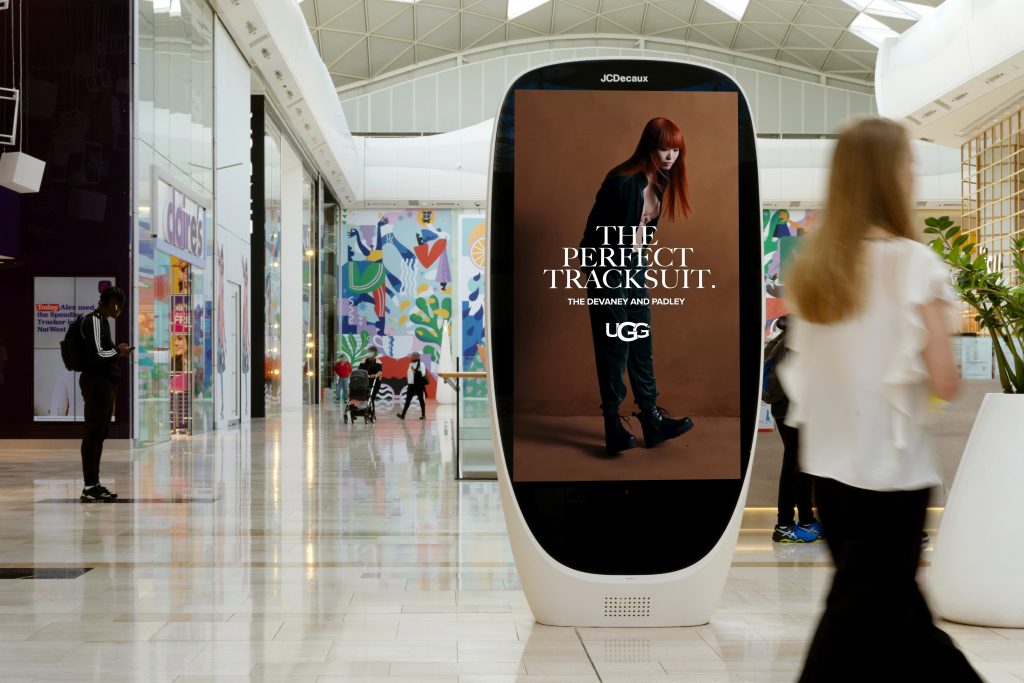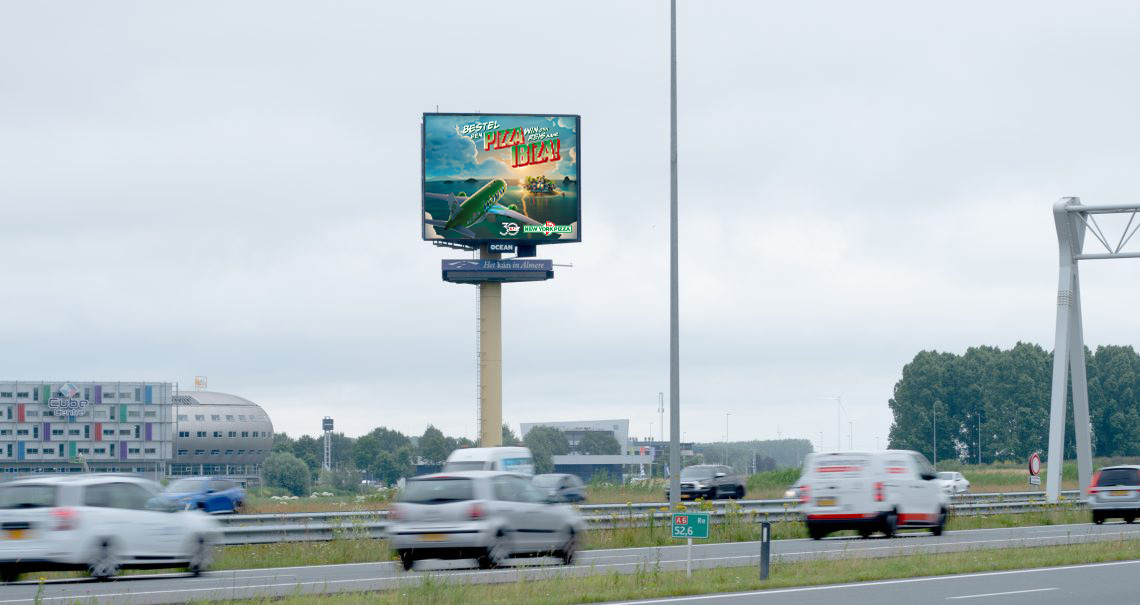
Ad buying used to be far more manual than it is today. Imagine if a marketer had to call up every website, mobile app and digital out-of-home (DOOH) screen owner to secure each individual ad space. Programmatic advertising automates that type of media booking, and it wouldn’t be possible without a demand-side platform (DSP). In this blog, we’re breaking down the definition of a DSP, how it works, and why it’s so important.
The Definition of demand-side platform (DSP)
A demand-side platform, or DSP, is a piece of software that allows marketers to buy advertising through automation, eliminating man hours and allowing them to secure high quality ad spaces that are relevant to their audience. This is all made possible thanks to programmatic advertising.
A DSP takes every variable of a campaign into account, including the creatives, budget, audience and other targeting, to help make decisions about what media to buy and at what price. As technology advances, the capabilities of a DSP continue to expand.
How does a DSP work?
.png?width=1029&height=343&name=How%20does%20a%20DSP%20work%20(1).png)
A DSP automates the bidding for ad spaces in real time. The process goes as follows:
-
Marketers set up their campaign within the DSP by choosing their audience and other targeting parameters (such as geography, time of day, etc.) and uploading the ads they want to publish.
-
The publishers and media owners on the other side of the platform (the supply-side platform), make their ad space available for programmatic advertising.
-
The two platforms work together to find ad space that fits the campaign’s targeting criteria. This is commonly known as the “ad exchange”.
-
Marketers set bids within their budget and compete for the ad space against other marketers.
-
The DSP buys the ad space and its impressions, and the advertisement appears to the target audience on the relevant screens.
Why is a DSP important?
The biggest benefit of a DSP is automation. It allows marketers to avoid spending time and energy on something that a computer can do. It also ensures that the marketing budget is used in a smarter and more targeted way - and with automation, comes scale. Now that marketers can bid on multiple ad spaces at once, it allows them to reach a broader audience at the touch of a button.
DSPs also make measurement a lot easier. Imagine collecting the number of impressions for each ad space one-by-one, and trying to stitch together reporting studies run on individual publishers or networks. By the time metrics were consolidated, the campaign would long be over or you’d have a fractured view of performance. With a DSP, metrics are recorded in real time and in one central platform, allowing marketers to make changes to the campaign right then and there if the performance isn’t going in the right direction.
The last benefit is flexibility. In the past, many forms of advertising required big budgets and long-term contracts and commitments. A DSP gives marketers the option to start and stop a campaign whenever they wish. This is a huge relief on a marketer’s budget - giving them the ability to stretch their money, invest in what works, and drop campaigns that are underperforming.
What is a DOOH DSP?
Are all DSPs the same? Not exactly. Each has its own bells and whistles. A DOOH DSP differs from others because it is built for the nuances of out-of-home advertising, combined with the ease of use and automation of other digital channels. It allows marketers to have the most robust targeting capabilities and tools for DOOH specifically. These targeting capabilities include behavioral targeting, first and third-party data integrations, and API-based triggers like weather conditions.
With a DOOH DSP, marketers can access an open ad exchange that includes several different digital signage venue types. For example, if a marketer is trying to reach an audience that values health and wellness, they can select those parameters in the DSP. Their ads will then begin to appear at gyms, spas, salons, and other contextually relevant locations.
Conclusion
Today’s advertising landscape wouldn’t be the same without DSPs and programmatic technology. It allows marketers to automate their advertising plans while adding scale, real-time measurement and flexibility - all in one centralized platform.
Programmatic buying, and the use of DSPs, began in the online space. However, marketers are now able to have the same level of automation and precision in the out-of-home world. The ad placements purchased through a DSP can be an incredibly effective way to reach specific audiences at scale.
To learn more about DSPs for DOOH, reach out today to our team.


